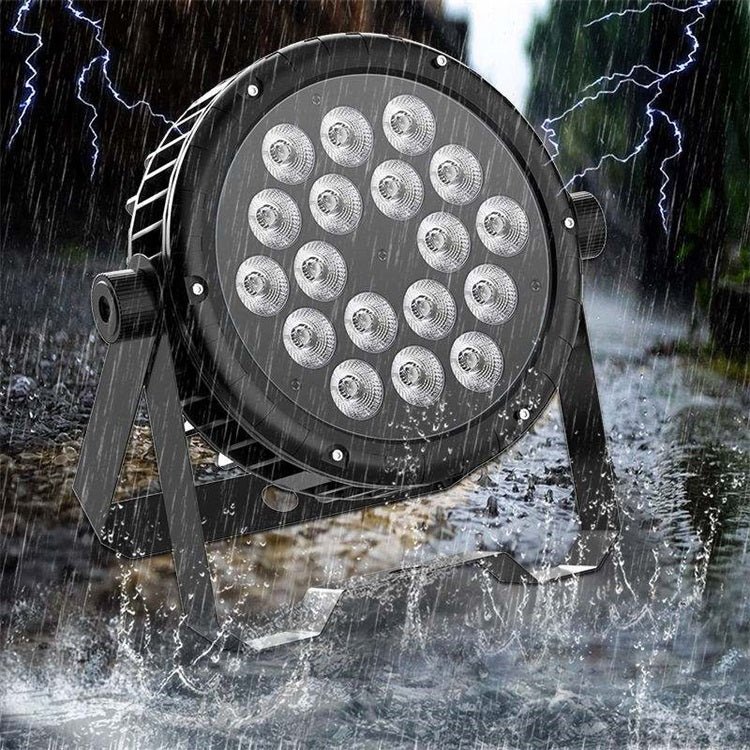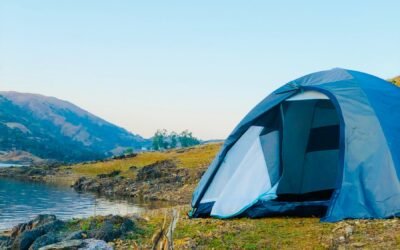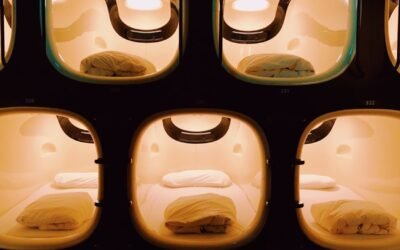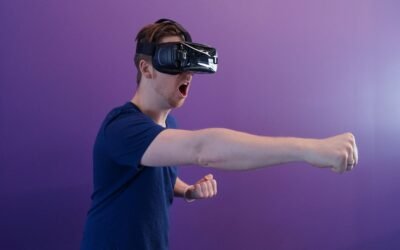IP rating, also known as Ingress Protection rating or International Protection rating, is a standard used to classify and rate the degree of protection provided by an enclosure or electronic device against intrusion of solids and liquids. The IP rating system is defined by the International Electrotechnical Commission (IEC) in the standard IEC 60529.
The IP rating consists of two digits, each indicating a different aspect of protection:
The first digit represents the level of protection against solids, such as dust and particles. It ranges from 0 to 6, with higher numbers indicating higher levels of protection. The ratings are as follows:
- 0: No protection against solids.
- 1: Protection against solid objects greater than 50mm in size.
- 2: Protection against solid objects greater than 12.5mm in size.
- 3: Protection against solid objects greater than 2.5mm in size.
- 4: Protection against solid objects greater than 1mm in size.
- 5: Limited protection against dust ingress (dust may enter but not in harmful quantities).
- 6: Complete protection against dust ingress (dust-tight).
The second digit represents the level of protection against liquids, such as water. It ranges from 0 to 9, with higher numbers indicating higher levels of protection. The ratings are as follows:
- 0: No protection against liquids.
- 1: Protection against vertically falling drops of water or condensation.
- 2: Protection against vertically falling drops of water when the enclosure is tilted up to 15 degrees.
- 3: Protection against spraying water at an angle up to 60 degrees from vertical.
- 4: Protection against splashing water from any direction.
- 5: Protection against low-pressure jets of water from any direction.
- 6: Protection against powerful jets of water or heavy seas.
- 7: Protection against the effects of temporary immersion in water (up to 1 meter for 30 minutes).
- 8: Protection against continuous immersion in water under conditions specified by the manufacturer.
- 9: Protection against high-pressure and high-temperature water jets, often used in industrial applications.
For example, an IP67 rating means the device is dust-tight (6) and can withstand immersion in water up to 1 meter for 30 minutes (7).
It’s important to note that the IP rating only considers protection against solids and liquids and does not cover other aspects such as mechanical impact resistance or electrical safety. Additional standards may be applicable for those specific areas.
IP ratings are commonly used in various industries, including consumer electronics, automotive, outdoor equipment, and industrial applications, to provide information about the level of protection offered by a product against environmental conditions. When choosing a product, it’s essential to consider the IP rating that aligns with the intended use and environmental conditions to ensure proper protection.







